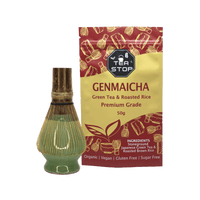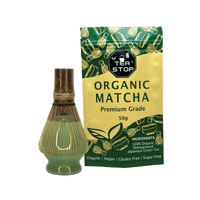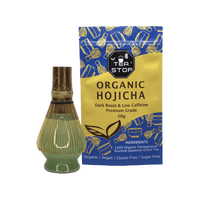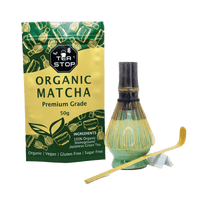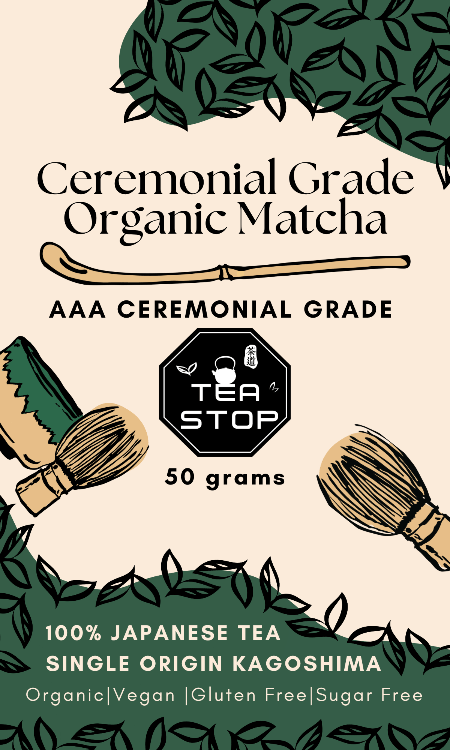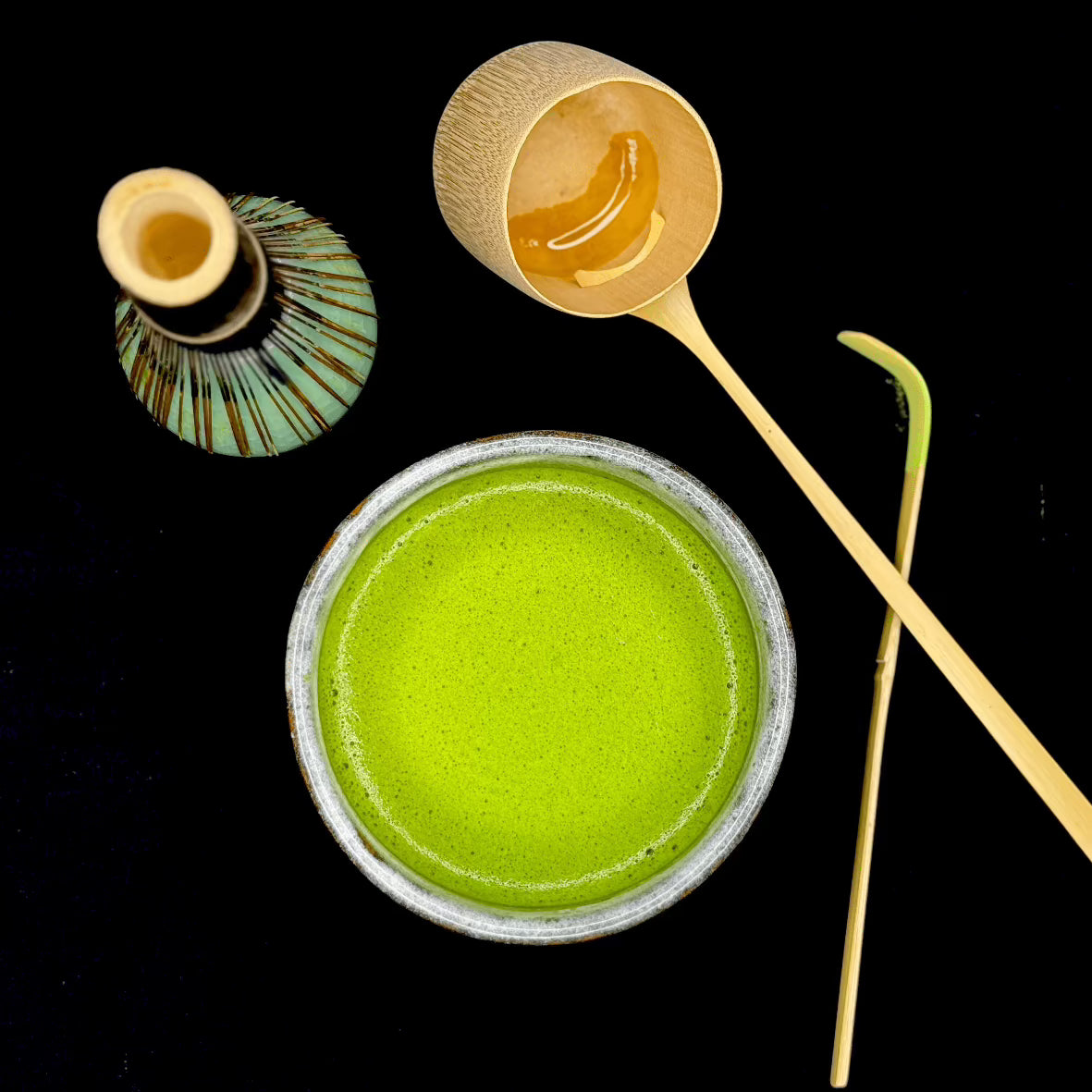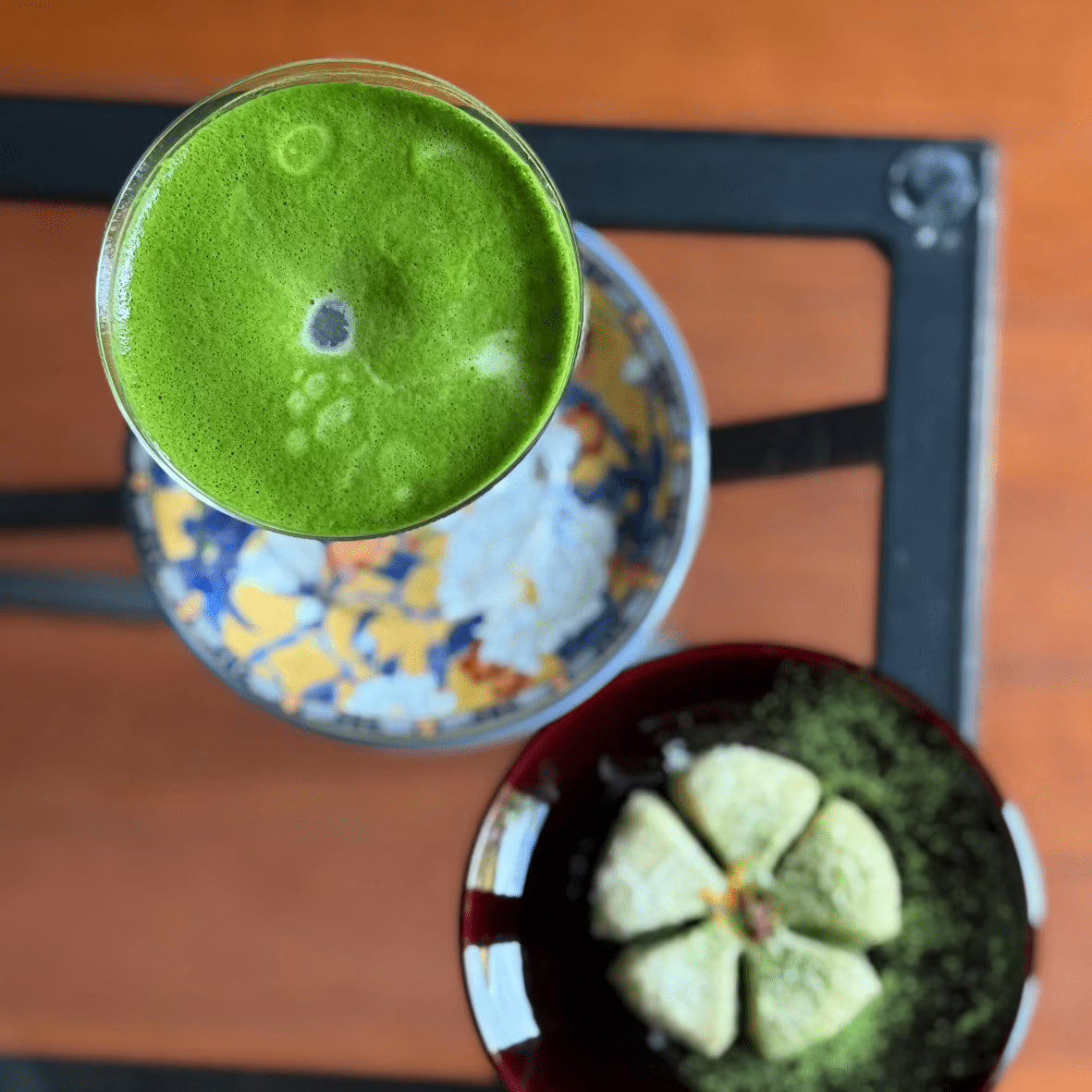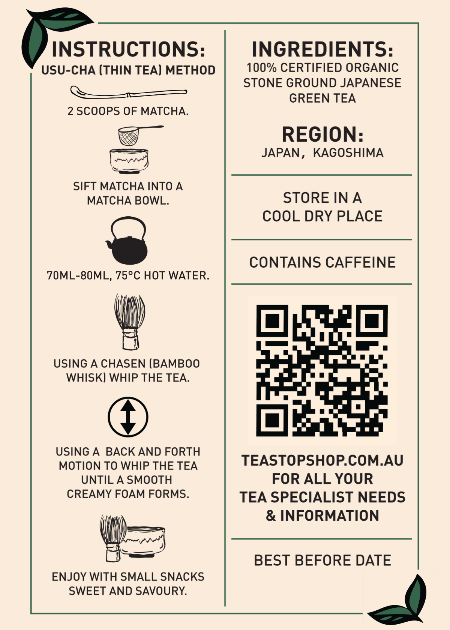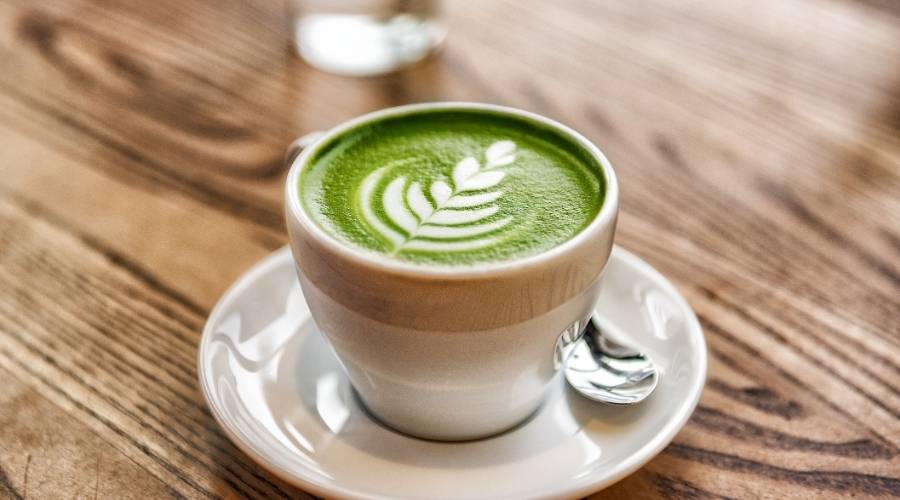
Matcha Latte Recipe: Creamy, Frothy, and Energizing
Share
The matcha latte has become a part of daily routines worldwide, loved for its bright green color, creamy texture, and energizing qualities. This popular drink combines finely ground Japanese matcha powder with steamed milk, resulting in a smooth and frothy cup that is both comforting and refreshing. Many people are attracted to its distinct taste—a gentle blend of umami, sweetness, and a touch of earthiness, making it a wholesome alternative to regular coffee beverages.
Making your matcha latte at home comes with several advantages:
- Customization: Adjust sweetness, milk type, and matcha strength to suit your mood or wellness needs.
- Cost-effectiveness: Enjoy premium café quality without leaving home or stretching your budget.
- Mindful moments: The ritual of whisking matcha invites presence and calm into busy days.
This guide shares a simple yet delicious matcha latte recipe featuring almond milk—a plant-based twist that highlights matcha’s delicate character while remaining dairy-free. Embrace the art of making your cup and discover new layers of connection with every sip.

Understanding Matcha Powder
Matcha is a finely milled powder made from specially grown shade-cultivated green tea leaves. At Tea Stop Shop, we honour the centuries-old Japanese tradition of producing matcha with skill and care, offering only certified organic options for purity and taste.
Ceremonial vs. Culinary Grade Matcha
- Ceremonial grade matcha is crafted for traditional Japanese tea ceremonies. Its vibrant green hue and delicate, umami-rich flavour make it ideal for sipping straight or using in premium lattes where the nuanced taste can shine.
- Culinary grade matcha has a slightly more robust flavour profile, designed to blend well into recipes—think smoothies, baking, or everyday lattes. While both grades offer the core benefits of matcha powder, ceremonial grade is preferred when a velvety texture and refined taste are desired.
Benefits of Matcha Powder
- Sustained Energy & Focus: Thanks to the unique combination of L-theanine (an amino acid) and natural caffeine, matcha delivers a calm yet alert state—perfect for mindfulness and productivity without the jitters of coffee.
- Antioxidant Powerhouse: Matcha is rich in catechins, especially EGCG, which help protect against oxidative stress.
- Mindful Ritual: Preparing matcha fosters intention and presence, turning your tea moment into a grounding daily ritual.
Unique Flavour Profile
Matcha stands out among teas with its grassy sweetness, gentle vegetal notes, and subtle creaminess. This complexity pairs beautifully with plant-based milks like almond or oat, making it a favourite for those seeking both comfort and vibrancy in their latte experience.
Mastering the Art of Making Matcha Lattes at Home
Creating a matcha latte at home is a delightful and rewarding experience. With our step-by-step guide, you'll be able to make a delicious matcha latte that rivals any café offering.
Step-by-Step Guide for Beginners
1. Gather Ingredients and Tools:
- 1 tsp of ceremonial grade matcha powder
- 2 oz hot water (not boiling, around 75°C)
- 6 oz milk (dairy or plant-based like almond or oat milk)
- Sweetener of choice (optional)
- Matcha whisk (chasen) or electric frother
- Matcha bowl (chawan) or small mixing bowl
2. Prepare the Matcha:
- Sift 1 tsp of matcha powder into your bowl to avoid clumps.
- Add the hot water to the bowl.
- Whisk vigorously in a zigzag motion until the tea becomes frothy and smooth.
3. Heat and Froth the Milk:
- Heat your milk until warm but not boiling.
- Use a frother to create a creamy texture. If you don't have a frother, you can shake the milk in a jar until it becomes frothy.
4. Combine and Sweeten:
- Pour the frothed milk into your matcha mixture.
- Stir gently to combine.
- Sweeten to taste with natural sweeteners like honey or agave, if desired.
Importance of Frothing Milk for Matcha Latte
Frothing milk plays a crucial role in achieving the perfect texture for your matcha latte. The foam creates a creamy mouthfeel that enhances the overall experience. For best results:
- Use fresh, cold milk for better froth.
- Opt for barista-style plant-based milks if you prefer non-dairy options.
- Invest in a good-quality frother for consistent results.
Sweetening Options for Personalized Touch
Customizing your matcha latte with sweeteners allows you to tailor it to your taste preferences while keeping it healthy:
- Honey: Adds natural sweetness with subtle floral notes.
- Agave Syrup: A vegan-friendly option with mild sweetness.
- Maple Syrup: Provides a rich, caramel-like flavor.
Experimenting with these options can help you discover your perfect matcha latte blend, making each sip both nourishing and indulgent.
Exploring Different Variations of Matcha Lattes
A matcha latte can be tailored to suit the mood, the weather, and your rituals of comfort. Each variation invites its mindful moment.
Hot Matcha Latte: Comfort in a Cup
When it's chilly outside, nothing beats the warmth of a hot matcha latte. It warms up your hands and lifts your spirits. With its rich umami flavor and gentle sweetness, the heat brings out the earthy tones of matcha.
Simple Hot Matcha Latte Recipe
- 1 tsp premium organic matcha powder
- 60 ml (¼ cup) hot water (70–80°C)
- 200 ml steamed almond milk
- Optional: 1–2 tsp honey or agave for gentle sweetness
- Sift matcha into a bowl to prevent clumps.
- Add hot water and whisk briskly with a bamboo chasen until frothy.
- Heat almond milk and froth until creamy.
- Pour frothed milk into whisked matcha, sweeten if desired, and enjoy.
Iced Matcha Latte with a Fruity Twist
As the days get longer, we crave something refreshing and vibrant. An iced matcha latte fits the bill perfectly—it cools us down while still providing that signature green energy boost. For an extra touch of natural sweetness and tropical flair, try substituting almond milk with coconut milk.
How to Make an Iced Coconut Matcha Latte
- 1 tsp matcha powder
- 60 ml cold filtered water
- 150 ml coconut milk
- Optional: Add muddled berries or a splash of pineapple juice for extra brightness
- Whisk or shake matcha with cold water until smooth.
- Fill a glass with ice, pour in coconut milk.
- Add the whisked matcha, stir gently, and garnish with fruit if desired.
Caffeine Content in Matcha Lattes
A common question is how much caffeine is in a matcha latte compared to coffee. One serving of matcha contains about 30–70mg of caffeine, less than most coffees but balanced by L-theanine, which supports calm alertness rather than the sharp spike typical of coffee. This slow-release energy supports focus without jitters, making it an appealing choice for mindful mornings or afternoon resets.
Exploring these variations allows both comfort and creativity, embracing each season while staying connected to the grounding ritual of tea.

Health Benefits of Indulging in Matcha Lattes
A matcha latte stands out as an antioxidant-rich beverage, bringing more to your cup than vivid green color and comforting warmth. The vibrant powdered tea is naturally abundant in catechins, most notably EGCG (epigallocatechin gallate), which is widely studied for its ability to combat oxidative stress. These plant compounds help support your body’s natural defense systems, making each sip a nourishing act of self-care.
Versatility to Suit Your Preferences
A key aspect of matcha lattes is their versatility. This customizable beverage adapts easily to dietary needs and flavor preferences:
- Plant-based milks such as almond, oat, or coconut create creamy textures while keeping things dairy-free.
- Natural sweeteners like honey, agave, or pure maple syrup add gentle sweetness without overpowering the delicate umami notes of matcha.
- Spices—think cinnamon or ginger—can be sprinkled in for extra warmth and wellness.
Nutrient-Dense Goodness
A well-prepared matcha latte offers a nutrient-dense drink that’s rich in amino acids (especially L-theanine), vitamins, and minerals. The combination of slow-release caffeine with L-theanine encourages sustained clarity and calm, ideal for breakfast rituals or mindful afternoon breaks. Each cup provides a gentle energy lift without the jitters associated with some other beverages, supporting both body and mind through moments of pause and reflection.
Conclusion
Making your matcha latte at home is a rewarding experience that lets you enjoy the rich, unique flavors of matcha while customizing it to your taste. By using high-quality ingredients, such as those from Tea Stop Shop, you can ensure that each cup is both delicious and nutritious.
Explore Tea Stop Shop's range for premium organic matcha powders and loose leaf teas. Embrace the ritual with authentic Japanese tea tools and accessories designed to enhance your tea-making experience.
“Quality, Simplicity, Soul in Every Cup”
Discover the mindful joy of matcha lattes and elevate your daily routine with the purity and tradition of Tea Stop Shop products.

